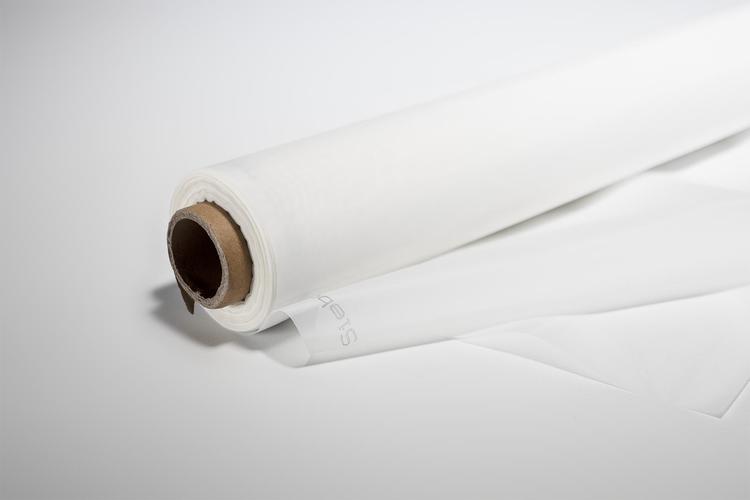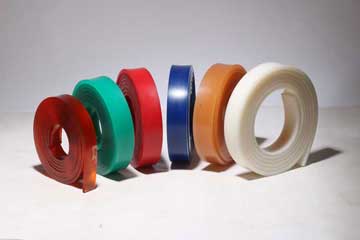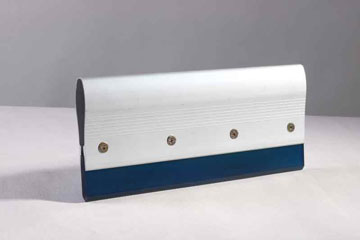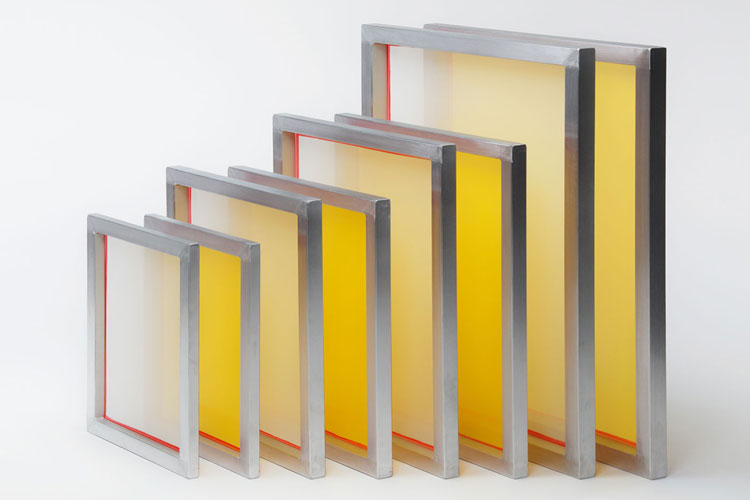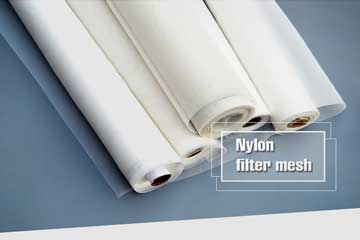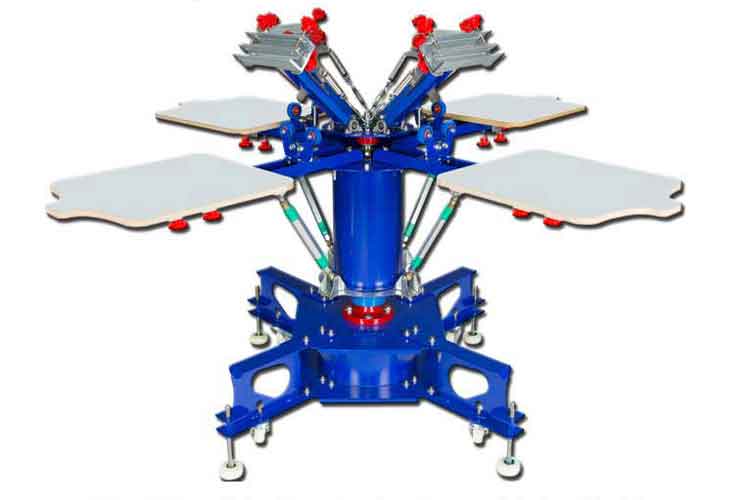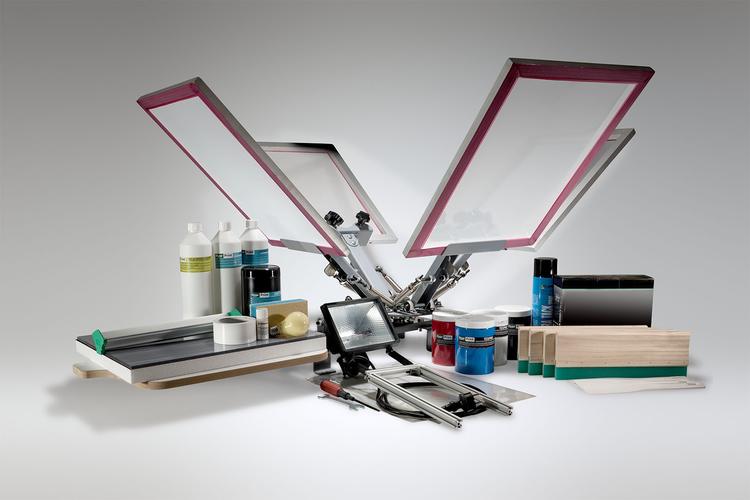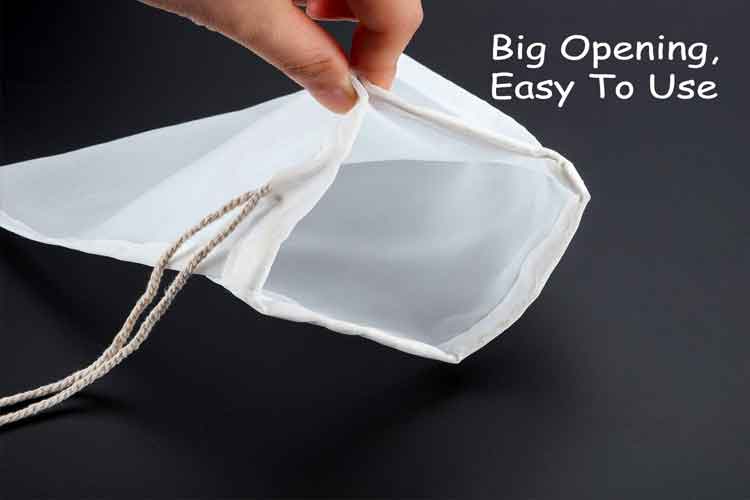silk screen printing mesh count
There are a lot of choices out there, and many printers will often find one silk screen mesh count they are comfortable with and stick with it for all their printing needs. This is a huge mistake. With the right knowledge you can make informed mesh de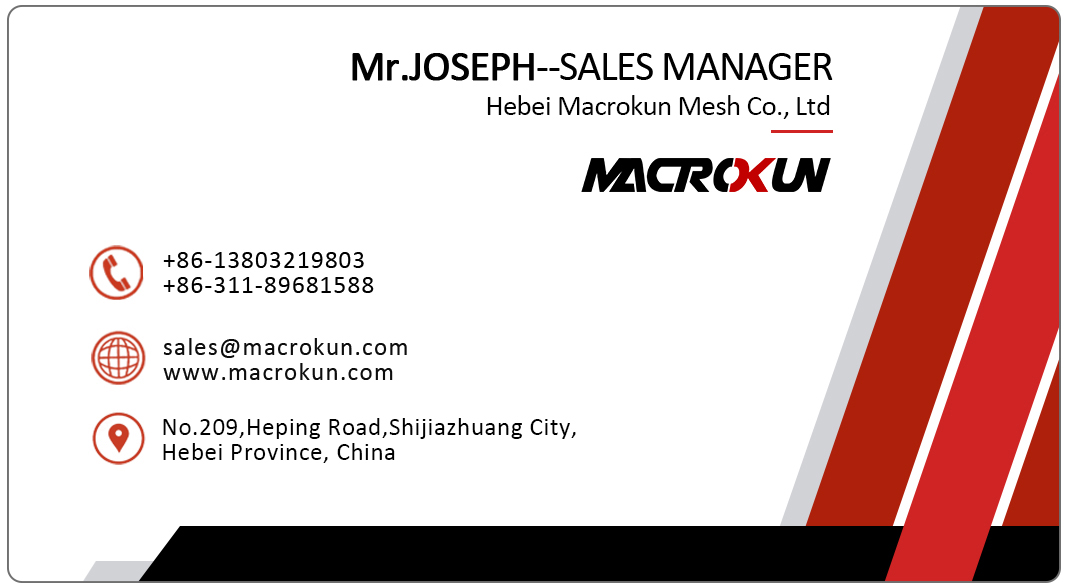
There are a lot of choices out there, and many printers will often find one silk screen mesh count they are comfortable with and stick with it for all their printing needs. This is a huge mistake. With the right knowledge you can make informed mesh decisions that will make for sharper prints, reduced ink costs, and an overall better printing experience. Below you will find some references to help aid you in choosing the perfect silk screen mesh for any job. Good luck!
110 silk screen mesh count
Great for printing with thicker inks, and allows for brighter prints on dark fabrics since the larger holes allow for more ink to pass through. It's the jams when it comes to under bases and is the most common mesh for printing with white ink. But be aware of it's low detail! Perfectly straight lines can sometimes appear jagged which is known as "saw-toothing". Also if using thinner water based inks, you may consider going up to a 160 mesh silk screen mesh or higher.
160 silk screen mesh count
Our most popular and versatile silk screen mesh count! 160 mesh count offers great ink coverage while still being able to hold medium to high detail. Most thick inks will still pass through this mesh with ease, and thin inks will be able to hold their detail without bleeding. If you're printing black on white and white on black, and only wanting to use one screen, we recommend 160 silk screen mesh count.
200 silk screen mesh count
Dealing with higher detail but printing with lighter inks on dark fabric? The 200 silk screen mesh count is a great mid ground between low and high mesh. It will hold your higher detail images while still laying down enough ink to get a bright print when print/flash/printing. If the thicker inks begin to clog, just add a dash of reducer if using plastisol or a touch of retarder if using water based and you should be good to go!
230 silk screen mesh count
The main man of high mesh, most fine detail images can be burned perfectly on a 230 screen. Definitely less ink will transfer with those tiny holes so don't go looking for super bright prints on dark fabrics without an under base or multiple layers. Also... PAPER! Paper is less absorbent than fabric so you want to lay down less ink to avoid the ink from bleeding or smearing. Thanks, 230 mesh silk screen mesh!
280 silk screen mesh count
So now we are getting into the particularly fine detail meshes. Again, great for paper, the 280 mesh silk screen mesh can get most extra fine detail images spot on. We're talkin' 2-3 pixel width line work or super fine 55 lpi halftones. Remember though that with smaller holes water based inks will dry and clog faster, so add some retarder to keep your sanity!
305 silk screen mesh count
The finest of mesh we carry! It is most commonly used for 4 color process printing with 55-65 lpi half tones, but 305 mesh screen printing mesh can be used for pretty much any extreme fine detail printing on paper or lighter fabrics. Don't go messing with light inks on darker substrates though, and printing water based through 305 silk screen mesh count without retarder is just asking for trouble.
Tags:
